News
-
 Health & Medicine
Health & MedicineTestosterone may be one reason why men don’t get asthma as much as women
Adult women have higher rates of asthma than men, and testosterone’s effect on the immune system may partly explain that difference.
-
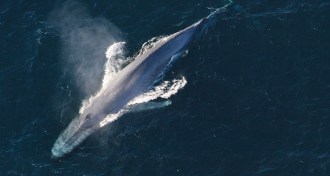 Animals
AnimalsMost blue whales are ‘righties,’ except for this one move
Though many blue whales tend to be “right-handed” when hunting for krill, one specific barrel roll move requires a lefty twist.
-
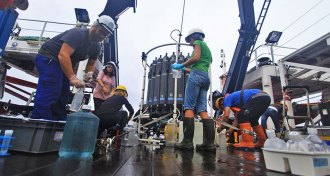 Oceans
OceansIn the deep ocean, these bacteria play a key role in trapping carbon
Mysterious nitrite-oxidizing bacteria capture more carbon than previously thought and may be the primary engine at the base of the deep ocean’s food web.
-
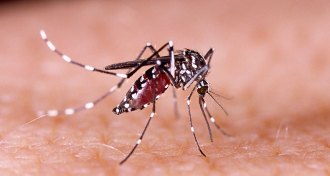 Animals
AnimalsRough lessons can lessen the pull of human scent on a mosquito
A form of aversion therapy for mosquitoes shows they can connect human scent to a bad experience.
By Susan Milius -
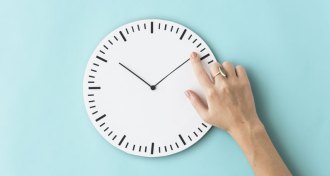 Quantum Physics
Quantum Physics‘Arrow of time’ reversed in quantum experiment
In quantum systems, heat can flow “backward,” from cold to hot.
-
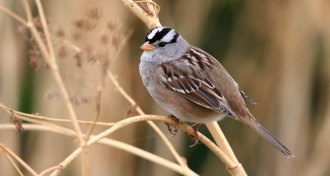 Animals
AnimalsSeeds coated in a common pesticide might affect birds’ migration
Eating small amounts of a neonicotinoid pesticide can disorient white-crowned sparrows.
-
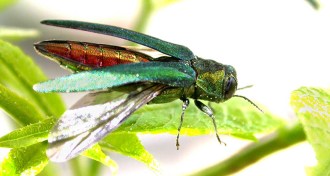 Plants
PlantsThe dietary habits of the emerald ash borer beetle are complicated
Tests answer some questions about the emerald ash borer’s hidden taste for olive and fringe trees.
By Susan Milius -
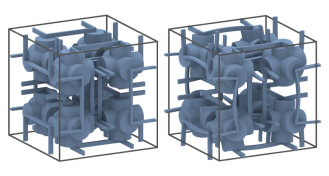 Materials Science
Materials ScienceThis material does weird things under pressure
A new metamaterial has a seemingly impossible property: It swells when squeezed.
-
 Archaeology
ArchaeologySkeletons could provide clues to who wrote or protected the Dead Sea Scrolls
Skeletons suggest a group of celibate men inhabited Dead Sea Scrolls site.
By Bruce Bower -
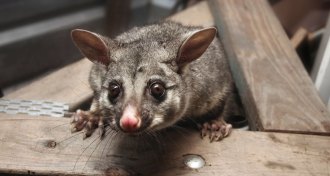 Genetics
GeneticsCurrent CRISPR gene drives are too strong for outdoor use, studies warn
Self-limiting genetic tools already in development may be able to get around concerns surrounding the use of gene drives.
By Susan Milius -
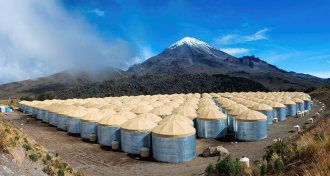 Particle Physics
Particle PhysicsExcess antielectrons aren’t from nearby dead stars, study says
Pulsars might not be behind excess antimatter, gamma-ray observations suggest.
-
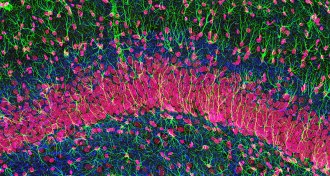 Neuroscience
NeuroscienceStudy casts doubt on whether adult brain’s memory-forming region makes new cells
An examination of 54 human brains suggests that adults don’t grow new neurons in the hippocampus, contrary to several widely accepted studies.